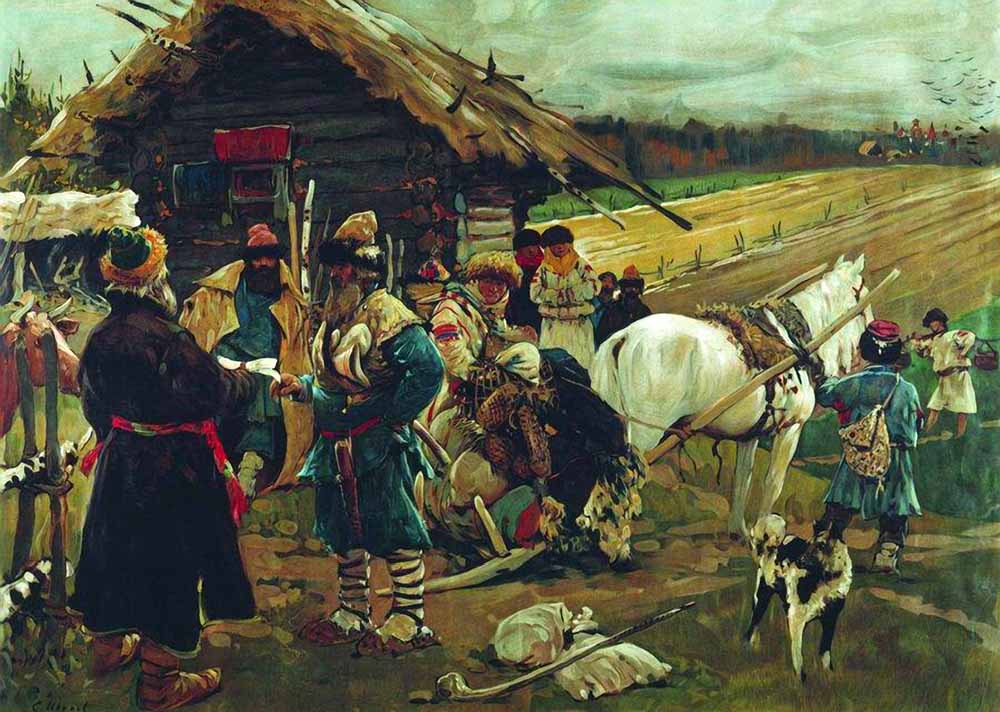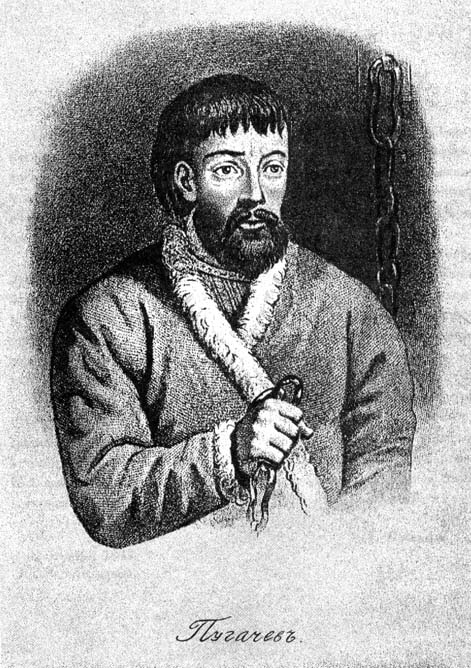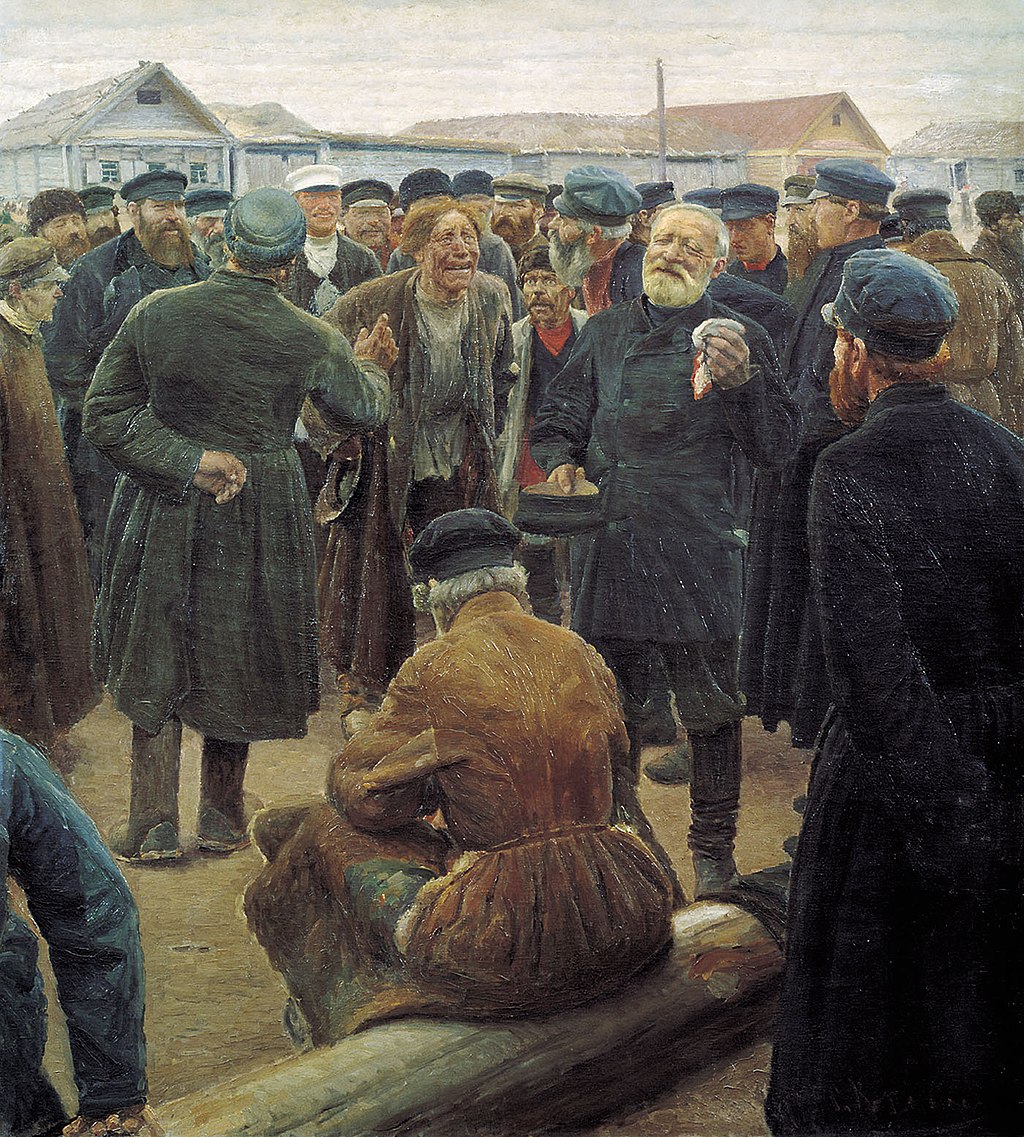I’ve been noodling how I want to attack my next Deep Dive topic for a while now. The problem is, it’s so expansive, and there’s just so much of it, and I used so much of what I learned as jumping-off points for my worldbuilding, that I just don’t think it can all fit in one post. So, how do I break it up?
First of all, I think it’s essential to say what I am talking about here. I want to talk to you a bit about the obshchina, and the mir, some issues the serfs faced, some of their lifestyle habits, traditions and risks, and then dovetail it into Stalin’s collectivism and his goal and desire to modernize and industrialize. This, of course, nicely flows into the Holodomor, which is really what is the foundational influence for my entire trilogy. The problem is, you can’t really talk about the Holodomor until you understand what came before it. So, I feel like I would be doing you a disservice if I didn’t set the stage, as it were.
And, looking at all of that, I think it’s pretty obvious that I’ve got at least three posts here. At least.
Today I’m going to talk a bit about the life of serfs in Russia, the mir and its role in peasant life, and some of the struggles they faced, as well as traditions, and etc., and how I used some of what I learned in all of that to influence the worldbuilding of my trilogy.
Buckle up.
Back before the Emancipation of the Serfs in 1861 by Tsar Alexander II, a vast majority of Russians lived in the countryside, on communal farmland which was divided between all the peasants who lived in that one area.
In order to understand why the collective ownership of land matters, it’s important to understand, really, how limited serfs were. Essentially, before 1861, serfs, in Russia, were little more than slaves. They had no rights, they were not citizens, they could not own land, or any of their own property. The legal code of Ivan III in 1497 increased dependency the serfs felt on nobles to a shocking degree, making it legal to separate and sell families, and even punishable for serfs to leave their land for a time period of longer than a week. In the late 1500’s under Ivan IV (Ivan the Terrible), it was made illegal for serfs to leave the land they worked at all, regardless of conditions, making the stranglehold on them even tighter.

Most nobility who owned serfs, it should be said, infrequently, if ever, visited their lands, and left the running of their serfs to appointed people who, in the way of people, varied greatly in how they treated those they ruled over. Some were great, but others were horrible and abusive, and there was nothing the serfs could do about it.

Now, in the way things happen, things change. Pressures rose up, rebellions took place, and restrictions on serfs loosened. In the 1700s, a few changes rose up that impacted the ultimate fate of serfs in Russia. First, Peter III ended mandatory military service for serfs, and compulsory state service for nobles. This allowed more serfs to stay with their families and gave the nobility more time on their lands. This, many say, laid the foundation for the eventual abolishment of serfdom. Second, church estates were secularized and transferred, along with their peasants, to state jurisdiction. This also led to a rebellion, years after Peter III’s death by a man named Yemelyan Pugachev, who said he was Peter III. He claimed he had, in fact, not died, but spent his years traveling around the Holy Land, and he had returned to liberate the serfs. His movement was wildly popular, and a huge catalyst to the measures I will discuss next.
In 1775, Catherine II allowed people to be prosecuted for how their serfs were treated. These measures were strengthened several times until the eventual measure ending serfdom passed in 1861.
So, serf life was pretty terrible. Total dependence on the state, and absolutely no rights until 1775, and even then, those “rights” were pretty paltry at best, and easily overlooked if someone had the will and desire to do so.
How did serfs deal?
Well, in a lot of ways.
Serf life was arranged in communes, of sorts. Serfs collectively “owned” land they lived on (they didn’t actually own the land, the state did, but they worked it, and therein lies the root of so many of the state/peasant problems), but these lands had to be regulated, so an assembly was formed. The skhod (the village assembly) was essentially a self-governing body of a group of peasants, usually made up of the eldest male members of the most powerful families in that particular collective. They were elected officials that collectively dealt with issues, punishments, arguments, as well as divvying up land (which I will talk about in a minute), and collectively gathered up taxes to pay to the state.
The mir, essentially, was a powerful communal body of peasants, with an assembly of elders, that not only gave each serf a voice, but it also worked as a collective go-between for the nobility and the serfs. They did what needed to be done.

Now, as to the ownership issue, if you remember, serfs couldn’t own anything. Not their house. Not their land, nothing. One of the main functions of the Mir was to divide up the workable land. The larger the family, the more land they got. Therefore, usually once a season/year, the skhod would gather, and they would essentially look over the people in their collective, total every family up, and then, say your neighbor had twins over the winter, they’d be assigned more land to work because they had more mouths to feed. Therefore, the actual amount of land you worked, and the amount of food you grew on each plot of land, varied from season to season depending on how large your family was, what the people in your family needed, and things of that nature.
Important bullet points if you’re a serf:
- What you farm this year, may not be what you farm next year.
- The amount of land you work depends on how big your family is, and what your family needs.
- You do not own anything
- You have no rights
- You pay taxes as a communal group, not as an individual
- The village assembly is your governing body, though they often act as a go-between for peasants and those they work for.
- The nobility found these groups just as beneficial and useful as the peasants did
Of course there were ways that people rebelled, if subtly. Some of them are discussed in this series of lectures. Some peasants would purposefully misunderstand what they were told to do, do their jobs poorly, or slowly, or just defiantly. Or sometimes they’d refuse to celebrate in compulsory celebrations, or they’d drink a lot, etc. These might seem like small methods of rebelling, but when you don’t have much, you can’t really do much. These behavior patterns made the ruling class often think of serfs as dolts, or too stupid to follow basic instructions, useless for anything but hard labor, etc. Punishment from the village assembly was often public, and brutal, which made many of the people in higher classes think of these peasants as little more than animals.
I’m reading this, and I realize that I hate everything I’m writing, not because it isn’t true but because there is just so much to say and I really don’t have the room to say all of it, or even really much of it. What I really wanted to do was highlight a few important points, and talk to you a bit about how I used some of this in my worldbuilding, and then throw some books for further reading at you if you have the inclination.
First of all, one of the things that have been mentioned about Seraphina’s Lament, that takes a larger stage in An Elegy for Hope and A Requiem for Fate, is the fact that polyamorous family units exist in my world.
Let me briefly touch on my polyamorous family units.
Polyamorous family units do not exist in any of the histories I’ve read. This is purely my invention, but it is based on some of my research. You see, my thinking for these polyamorous family units comes from what I said above. I took a situation: the peasant distribution of land, the fact that land was divided up depending on how large family units were, and I realized that in certain situations, a larger family unit, and more land, would mean a better chance of survival – better protection, more food, etc.
So I tried to think of ways that, other than having children, people could react to this particular situation. I wanted people to be able to make their family units bigger, WITHOUT the need to wait to have children. Sometimes social pressures happen, and you need to react faster than nine months, and then the added wait to see if your child will survive infancy or not.
Thus, I eventually landed on polyamorous family units. People who are thrust into this terrible situation, and in react. A drive for self-preservation, and of course love, end up in these families that may seem… different… to us, but have become a normal cultural practice to them. Bigger families mean more food, more land. More people means more protection of your group, by your group. It made sense to me, so I had it become a cultural part of this collective farming/mir I had patterned some of my worldbuilding in Seraphina’s Lament off of.
And there is where my idea for polyamorous family units came from.
I also have a mir making an appearance in one of my interludes, which are heavily influenced by real-world accounts of events that actually happened (though I twisted them to fit my world). In this interlude, there is a meeting called for everyone in the collective, where the mir is gathered to discuss a new quota for how many landowners are needed to be sent to forced labor camps, as the Premier has sent new requirements to each collective for how many people they needed to arrest (this actually happened, and I will discuss it more in future Deep Dives.)
There are also scenes peppered throughout the book, like one where a woman left her collective without permission, and is forcibly separated from her son and sent to another collective to work, under watch and threat of internment in a forced labor camp. Movement for peasants was very, very restricted, and I showed this subtly throughout the book, in passages like this.
These things happened. This was life, and I tried very, very hard to stay as true to them as I could, while taking liberties where I could (like the polyamorous family units).
History is fascinating, and it gives a ton of jumping-off points for worldbuilding in the books we write, and read. It’s also just interesting. Maybe these brief bullet points will show you how I’ve learned from, and twisted history to fit my world of the Bloodlands, and perhaps give you the desire to learn more, because really, these things should be known.
If you’d like to read more about any of this, I suggest the following books:
A History of Russia from Peter the Great to Gorbachev
The Romanovs by Simon Sebag Montefiore
Red Fortress: The Secret Heart of Russia’s History by Catherine Merridale
This website is also a great jumping-off point for almost everything
In my next Deep Dive, I will talk a bit about collective farming, the march to industrialization, and Stalin’s Five Year Plans.
One Responses
Thanks for this — both the history and how you use it to world-build is fascinating. And now, I must forcibly remove myself before I indulge in reading add’l posts or I’ll never get my work done!